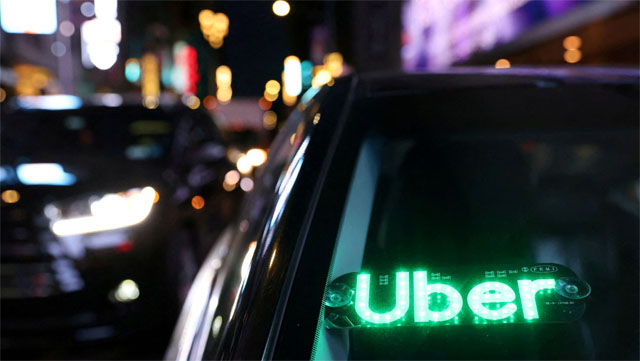Tech : the rise of the Uber app
The Californian delivery platform recorded a marked increase in its turnover during the second quarter of 2023. Nearly $326 million in earnings were recorded last quarter. Uber boss Dara Khosrowshahi explained: "Robust demand, new growth drivers and continued cost discipline have resulted in an excellent quarter".
After a period of decline marked by the Covid-19 health crisis in the United States, demand increased by 22%, impacting the growth rate of the company, which has been breaking records since its opening. Founded by Garrett Camp, Oscar Salazar and Travis Kalanick in 2010 under the name UberCab, the company has indeed experienced a number of controversies over the course of its history, leading it to review its business model.
A look back at the very beginnings of the app
In its early days, Uber was a mobile application that put drivers of transport vehicles (taxis) in contact with users. The drivers worked independently, i.e. they were not bound to Uber by an employment contract and did not benefit from social security contributions (health insurance, pensions).
Ten years on, working conditions have improved significantly. VTC drivers earn an estimated minimum income of €7.56 per journey. The company has teamed up with insurers and offers free health and death insurance in France.
On the service side, the lines have also moved. Uber offers home delivery of meals. Users heading in the same direction can take a ride together and share the cost. To get around, they can take a chauffeur-driven car or a self-service bicycle, a scooter, etc.
To maximise its market share, the company is offering attractive rates, diversifying its services and expanding worldwide. It is present in over 250 cities in Europe, Asia and America.
The application is available on Android and iOS.
Source : l'Usine Digitale
Vanessa Ntoh









